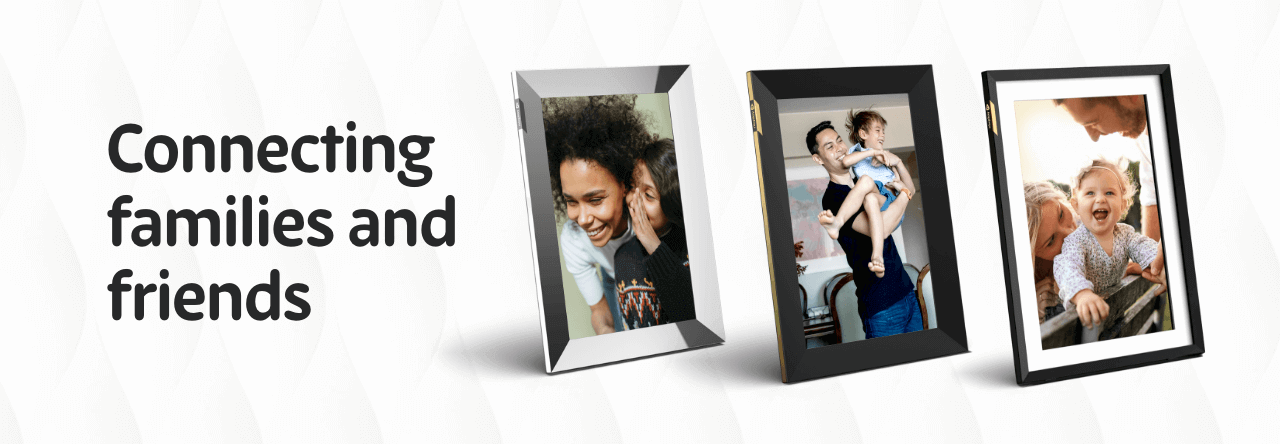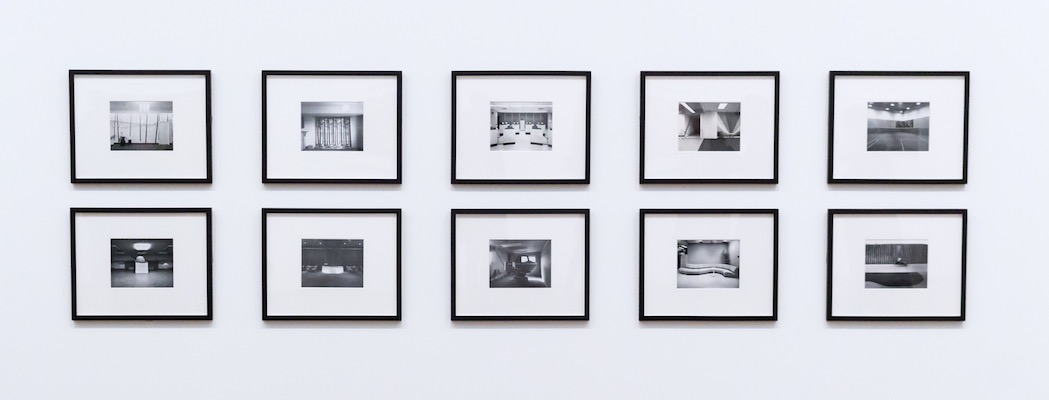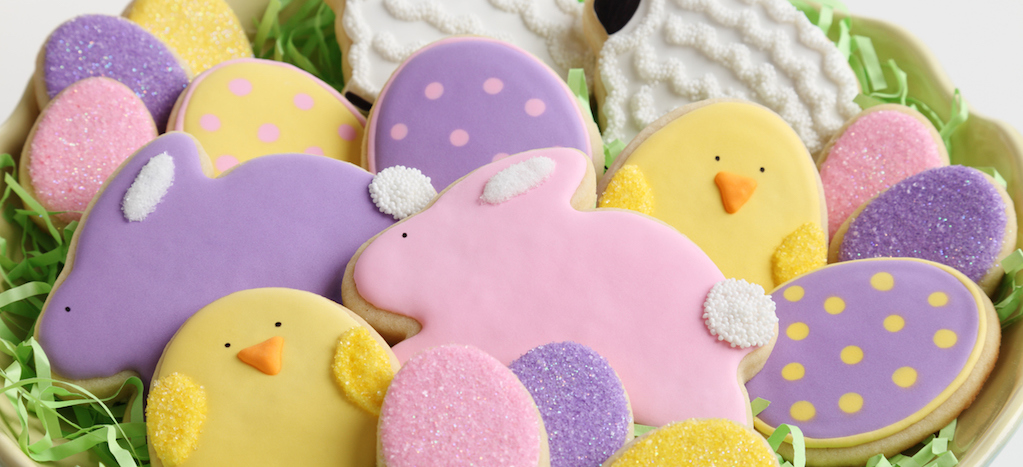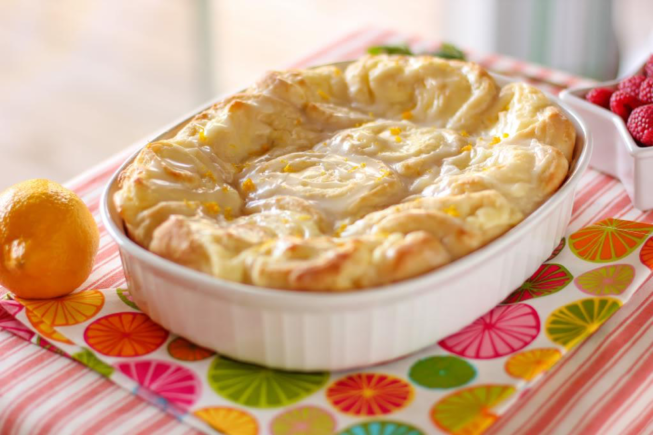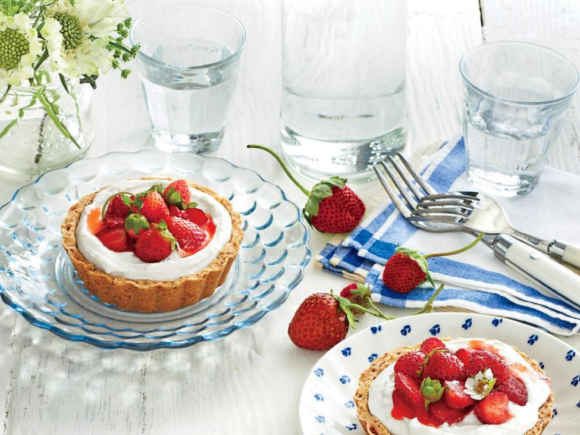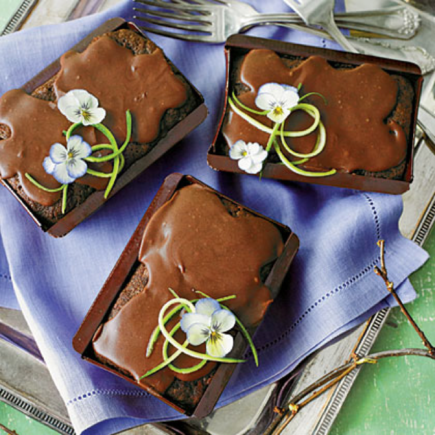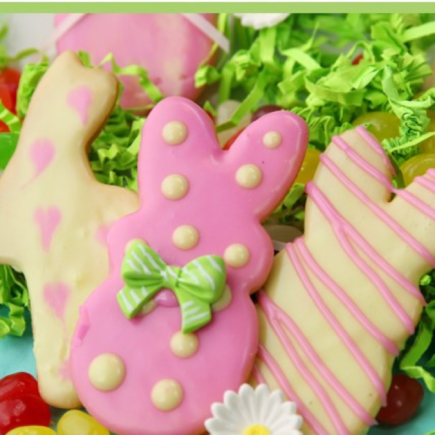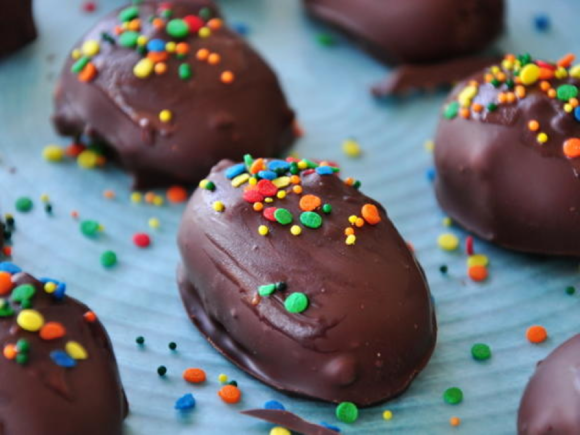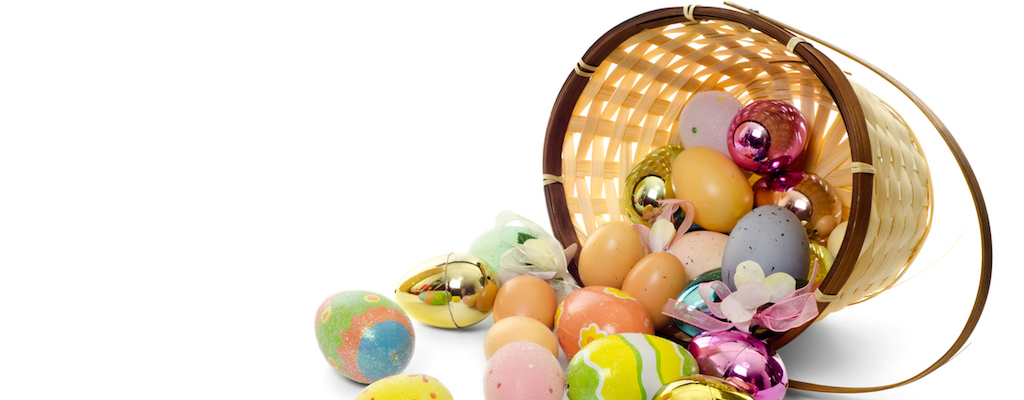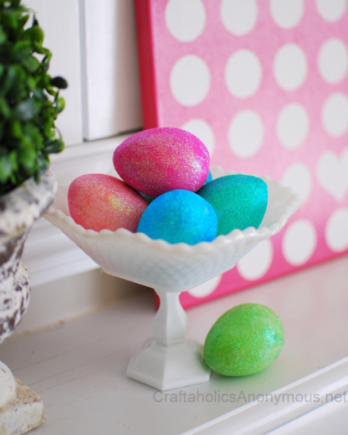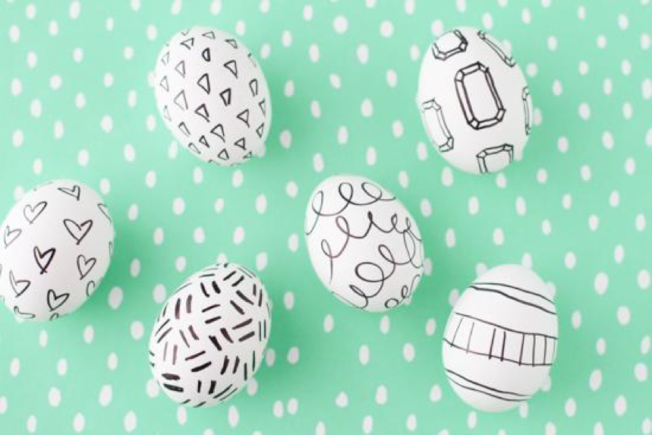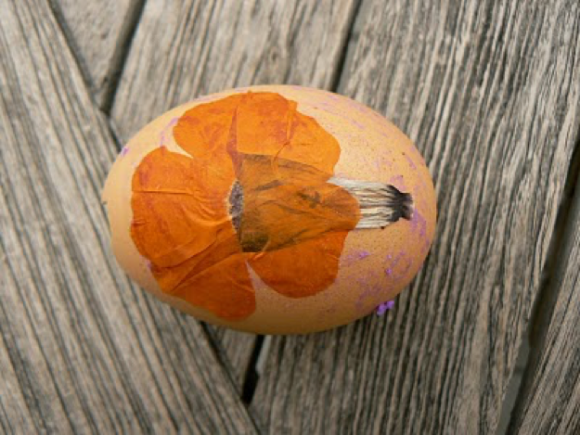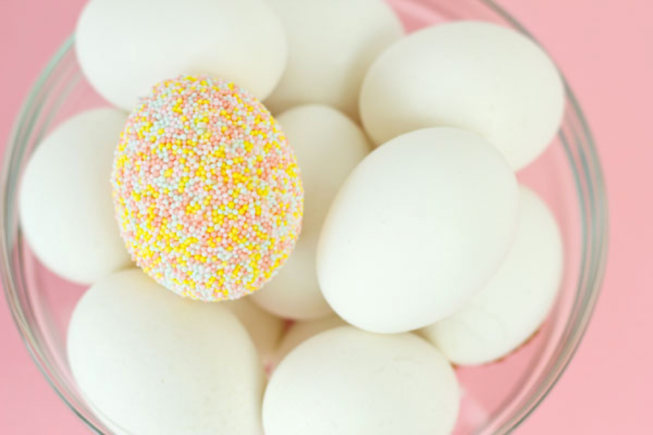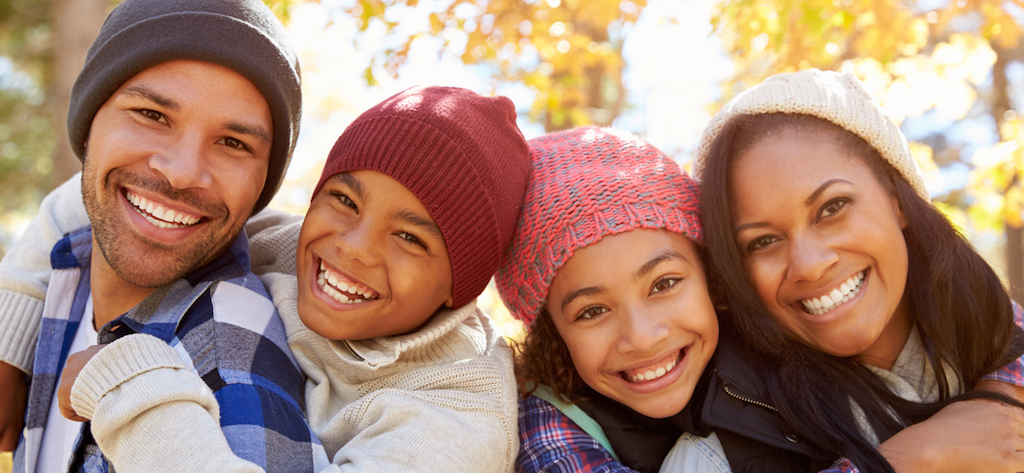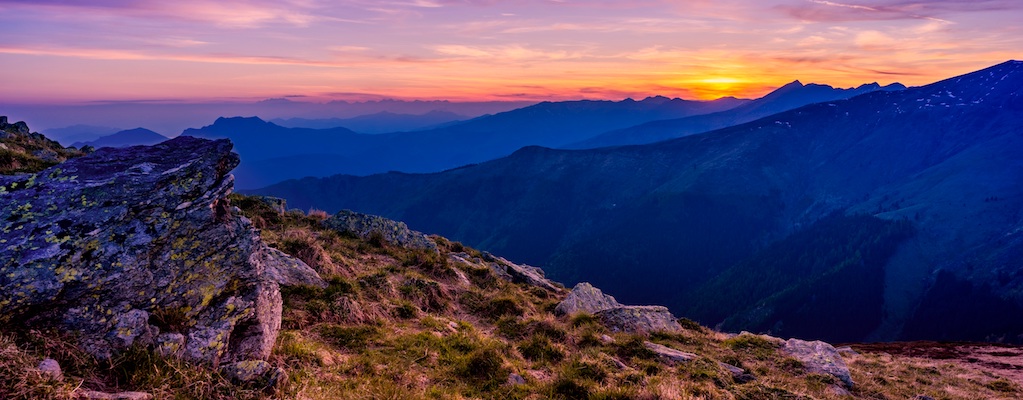You’ve finally gotten that beautiful photograph you’ve wanted – the one you couldn’t take your eyes off of when you first saw it. It’s no run-of-the-mill photograph, either. It’s a piece of fine art that you just had to have for your home.
So now what? How do you display it in a manner that both protects it, and presents it in the best light?
Here are some tips for perfectly displaying that new fine art photograph in your home.
Framing
It might seem like the most obvious aspect of the process, but selecting the right frame is extremely important. And you absolutely do need a frame to display the photo properly.
Remember, an unframed photo isn’t just less attractive. It also leaves the photograph unprotected from damage by light, air, even fingerprints from the younger members of your household. Frame it like the valued item it is.
Types of frames
Not only do you need a frame – you also need the right type of frame for your new photographic masterpiece. Wooden frames are actually cheaper to buy than metal ones, and a deeply finished wooden frame can lend a real feel of elegance to your picture.
But metal frames shouldn’t necessarily be disregarded altogether. They’re generally easier to work with than wooden frames, and there are cases when a well-made metal kit frame may fit the style of your photograph better.
And don’t forget about colors in your frames, either. A well-polished black is a good modern approach, and silver is a solid choice for those with more traditional tastes.
As far as a finish on wooden or metal frames, a more muted luster is generally better than a highly polished shine, which can be distracting.
Hanging
What kind of wall are you displaying the photo on? At what height will you place it? Do you want your photo to be right at eye level, or mounted above a mantel or shelf?
You might want to consider what’s called “gallery height” for your photo, which is at a height of about 58 inches. If your photo is one of a series of pictures you’ll be hanging, they should be at the same height for the best presentation.
Even though you may have a great eye, it’s best not to guess whether your picture is hanging evenly. Instead, pull out your level to make sure.
Matting: Dry, conservation or pressure sensitive
While most frames that you buy at an arts and crafts store come with mats already included, if your piece is highly valuable you may want to choose a custom frame and custom mat. You can have this done at a frame store, or you can do it yourself.
There are several different methods you can use.
Dry mounting means you’re affixing the photo to a rigid backing. The main advantage of this process is that it can remove wrinkles and creases from the picture, but it’s also an irreversible process. Once you’ve dry mounted a photo, you’re stuck with it whether it worked or not.
If you’re looking for something more temporary, try pressure-sensitive mounting. It’s a procedure that’s similar to dry mounting, but it uses a special adhesive that doesn’t activate until it’s been applied to the photo. Then you simply apply pressure until the photo is in a fixed position.
On the positive side, it’s an easy process to pressure-mount a photo, and it’s inexpensive. It’s an ideal method for beginners who want to display a photo nicely.
As we mentioned, however, this is a temporary process. The adhesive isn’t powerful enough to hold the photo for a long period of time, so you’ll have to reapply at some point.
For most artwork you frame, you’ll want to use conservation matting. This method uses an acid-free mount board, hinges and acid-free tape.
The positive aspect of this approach is that it’s an excellent way to protect artwork that’s going to be displayed over a long period of time.
Unless the piece you’re displaying is of museum quality, you can almost certainly find conservation matting materials at a local frame store or arts and crafts store, and complete the process yourself.
Don’t forget that your digital photos can be beautifully displayed, too. For a stylish, elegant frame that will let you show off your family’s most precious digital images, try the Nixplay Iris.

